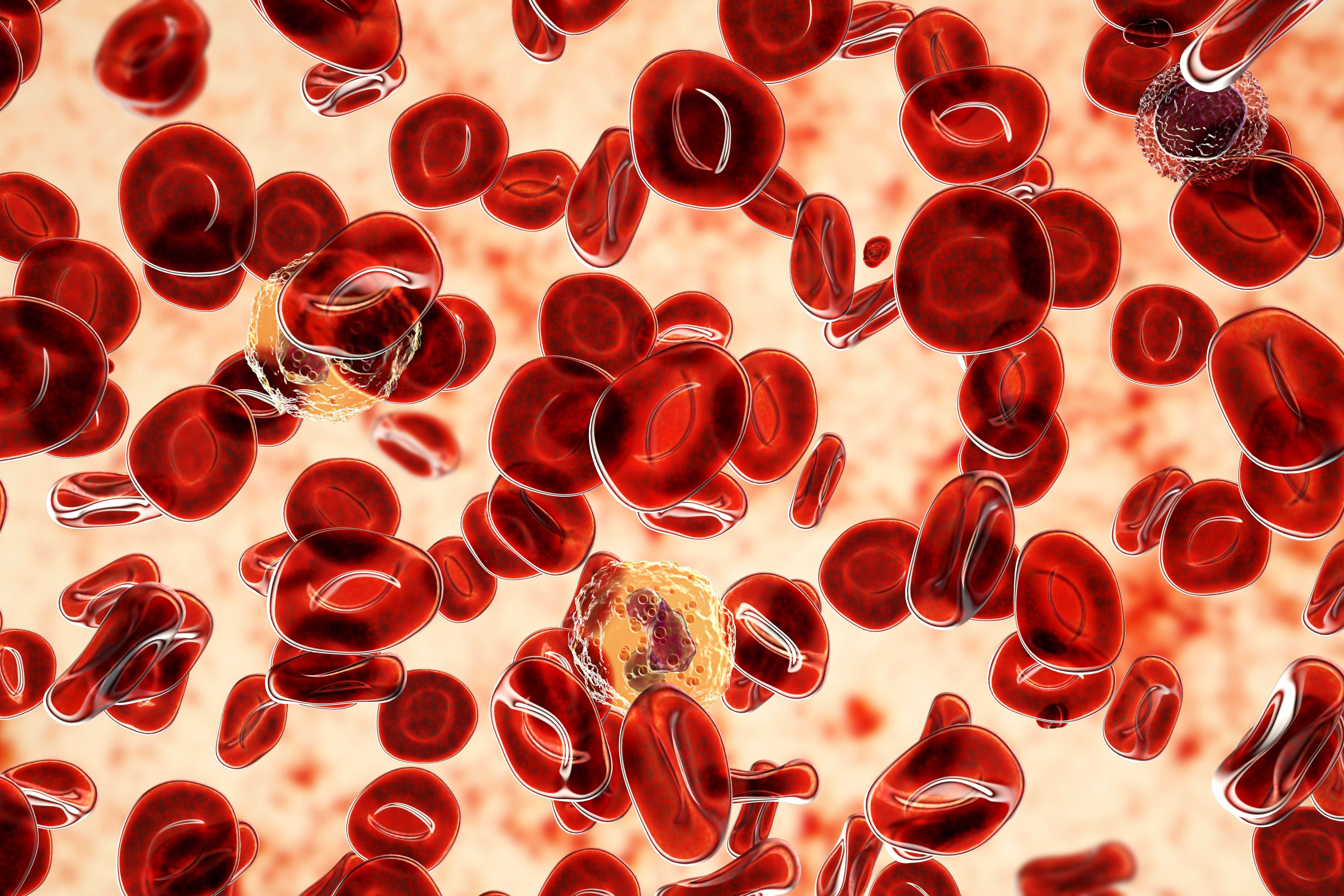Article
Study Summary: Cardiovascular Safety Profile of Carfilzomib in Multiple Myeloma Clinical Trials
Background
Patients with multiple myeloma (MM) have an increased risk of developing cardiovascular (CV) events due to a baseline demographics, concurrent diseases, and/or toxicities associated with previous therapies for MM. In one retrospective analysis that included >23,000 patients with MM, approximately 70% of both newly diagnosed and relapsed and/or refractory patients acquired CV events. The most commonly reported CV events in this analysis were arrhythmias (newly diagnosed MM, 24%; relapsed and/or refractory MM, 29%) and heart failure (15% for both). Another analysis found that the occurrence of hypertension, ischemia heart disease, diabetes mellitus, and hyperlipidemia were significantly increased in 7895 newly diagnosed patients with MM compared with gender-matched controls. In this analysis, older age (≥75 years) and CV history were associated with the occurrence of subsequent adverse events (AEs) in patients with MM.1
Carfilzomib, a second-generation, selective, and irreversible proteasome inhibitor approved for patients with MM who were treated with previously with multiple lines of therapy, has shown robust activity in patients with multiple myeloma, both as monotherapy and in combination with other anti-myeloma agents. In phase 2 and 3 clinical trials, an increased occurrence of CV events was found. In order to better understand the CV risk associated with carfilzomib, the retrospective study pooled data from >2000 patients who participated in clinical trials to better understand the CV safety profile of carfilzomib.1
Study Design
This retrospective study analyzed 11 clinical trials. Eight of the trials were phase 1 or phase 2. Three of the trials (ie, ASPIRE, ENDEAVOR, and FOCUS) were phase 3, in which 2044 patients participated. The majority of patients in the phase 1 and phase 2 trials had relapsed and/or refractory MM, whereas all of the patients in the phase 3 clinical trials had relapsed and/or refractory MM.1
Data from the ASPIRE, ENDEAVOR, and FOCUS trials were used to determine the CV safety profile analysis (CV AEs incidence); whereas, data from the ASPIRE and ENDEAVOR trials were used to quantify to benefit-risk analysis for CV events (cumulative incidence of CV AEs vs. cumulative incidence of progression or death). Patients having relapsed and/or refractory disease who received carfilzomib, lenalidomide, and dexamethasone (KRd; n = 392), carfilzomib and dexamethasone (Kd; n = 463), and carfilzomib (n = 157) were designated the carfilzomib group. Patients who received lenalidomide and dexamethasone (Rd; n = 389), bortezomib and dexamethasone (Vd; n = 456), and best supportive care (BSC; n = 153) were designated the control group.1
Results
Of the 2044 carfilzomib-exposed patients across the clinical trials, the most commonly reported CV AEs included cardiac failure (all grades, 6.7%; Grade ≥3, 4.4%), hypertension (all grades, 18.5%; Grade ≥3, 5.9%), and dyspnea (all grades, 31.9%; Grade ≥3, 4.5%).1
When only evaluating the patients (n = 1012) from the phase 3 trials, baseline and disease characteristics were effectively well-balanced among treatment arms. However, more patients had a history of cardiac failure in the KRd group versus the Rd group, and in the BSC group versus carfilzomib group. Treatment exposure was also longer in the carfilzomib groups vs. the control groups. In the phase 3 trials, rates of any-grade and grade ≥3 cardiac failure, dyspnea, and hypertension were enlarged with carfilzomib. However, frequency of discontinuations or deaths due to these events was generally comparable between the carfilzomib and control groups.1
One analysis, using electrocardiographic data, evaluated the effect of carfilzomib on cardiac function. In this analysis, carfilzomib did not influence the QT interval using Fridericia’s correction.1
A subset of patients (n = 159) from the ENDEAVOR trial population were included in cardiopulmonary substudy that used serial echocardiography. In this substudy, treatment with carfilzomib did not affect cardiac function or cardiac repolarization.1
In a benefit-risk analysis from the ASPIRE and ENDEAVOR trials, a favorable benefit-risk profile in relapsed and/or refractory patients was demonstrated. The results in this analysis, which included a survival benefit, demonstrated that the benefit of carfilzomib treatment in terms of reducing progression or death generally outweighed the risk for developing cardiac failure or hypertension.1
Conclusion
Although the relative risk of CV AEs with carfilzomib is generally low, extra caution should be used when administering carfilzomib to elderly patients and those having underlying risk factors.1
Reference
1. Chari A, Stewart AK, Russell SD, et al. Analysis of carfilzomib cardiovascular safety profile across relapsed and/or refractory multiple myeloma clinical trials. Blood advances. 2018;2(13):1633-1644. doi: 10.1182/bloodadvances.2017015545.





